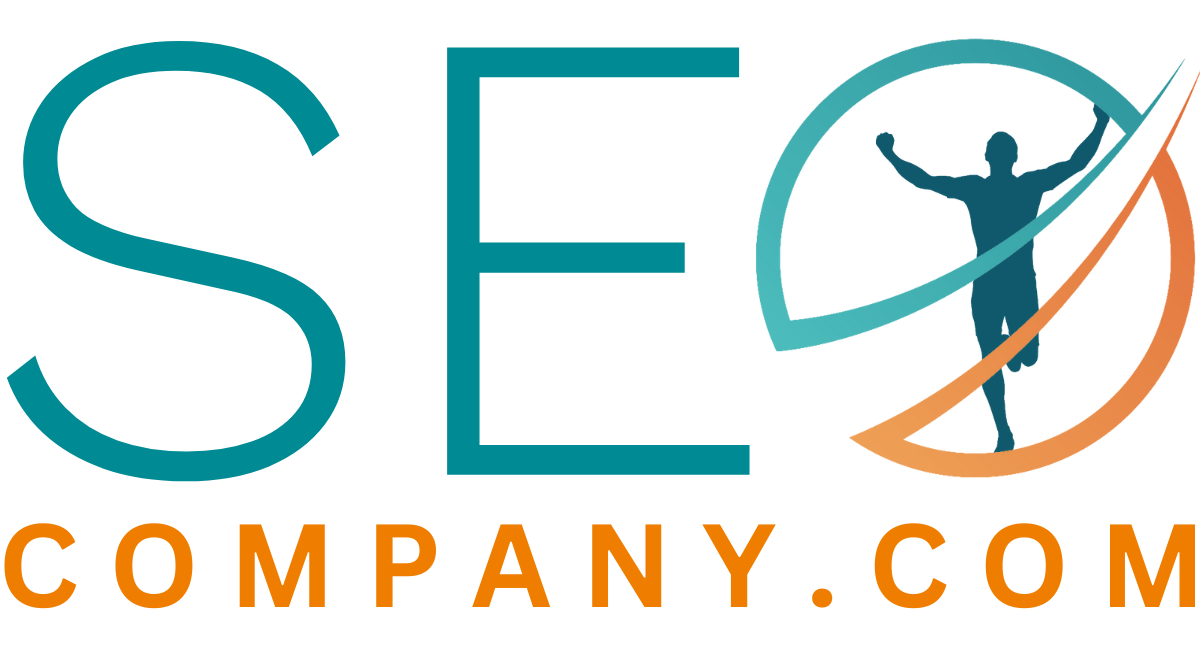What is a Canonical Tag?
The Canonical Tag, also known as the rel=canonical tag, is an HTML element that specifies the preferred URL or the canonical version of a webpage. The canonical tag is used when there are multiple versions of the same content available on different URLs. It tells search engines which URL to consider as the primary version of the content and which to exclude.
Importance of the Canonical Tag:
The canonical tag is essential because it helps search engines to avoid indexing duplicate content. Duplicate content can cause confusion for search engines, leading to indexing issues and negatively impacting the page’s search engine rankings. By implementing the canonical tag, webmasters can direct search engines to the primary version of their content and avoid such issues.
Relationship to Web Design:
The canonical tag has a relationship with web design in the sense that it can help improve website architecture. Web designers can use the canonical tag to manage content versions and ensure that search engines can efficiently crawl and index their website’s pages. By eliminating duplicate content, the website’s structure becomes more organized, making it easier for users to navigate and find what they need.
Relationship to Accessibility and User Experience:
The canonical tag is not directly related to accessibility and user experience, but it indirectly affects both. When search engines index multiple versions of the same content, it can lead to duplicate search results, making it harder for users to find what they need. By implementing the canonical tag, webmasters can improve the website’s user experience by directing users to the primary version of the content they need, making it easier to find and consume.
Relationship to SEO:
The canonical tag is an essential element for search engine optimization. By specifying the primary version of the content, the canonical tag can prevent duplicate content issues, which can negatively affect a website’s search engine rankings. The canonical tag can also help consolidate link equity by directing link juice to the preferred URL, improving the page’s overall ranking potential.
Black Hat Techniques:
Using the canonical tag to manipulate search engines by directing link equity to unrelated or low-quality content is considered a black hat technique. Google guidelines state that using the canonical tag to deceive users and manipulate search engine rankings is against their guidelines and may result in penalties. Webmasters should only use the canonical tag to consolidate link equity for genuine, related content.
History and Usage:
The canonical tag was first introduced in 2009 as a way to help webmasters avoid duplicate content issues. It was implemented by Google, Yahoo!, and Microsoft in response to a growing issue of duplicate content, which made it difficult for search engines to identify the primary version of the content. Since then, the canonical tag has become a standard HTML element used by webmasters worldwide to improve their website’s search engine optimization.
Common Questions:
- Q: Can I use the canonical tag on every page of my website?
A: Yes, you can use the canonical tag on every page of your website to help avoid duplicate content issues. However, it’s important to use it correctly and only for genuine, related content. - Q: What if I have several versions of the same content on different domains?
A: In this case, you can use the cross-domain canonical tag to specify the preferred URL across different domains. This is especially useful for websites with duplicate content across different TLDs. - Q: Does the canonical tag affect my website’s ranking?
A: Yes, the canonical tag can affect your website’s ranking by preventing duplicate content issues and consolidating link equity to the preferred URL. However, it’s important to note that the canonical tag alone is not enough to guarantee high rankings, and other SEO factors should also be considered.
Conclusion:
The canonical tag is a crucial element in website optimization and SEO. By specifying the preferred version of the content, the canonical tag can prevent duplicate content issues, improve website architecture, and consolidate link equity, ultimately improving the website’s search engine ranking and user experience. However, webmasters should be careful not to use the canonical tag to manipulate search engines, as this is considered a black hat technique and may result in penalties. When used correctly and ethically, the canonical tag can be a powerful tool for improving a website’s SEO and overall performance.
